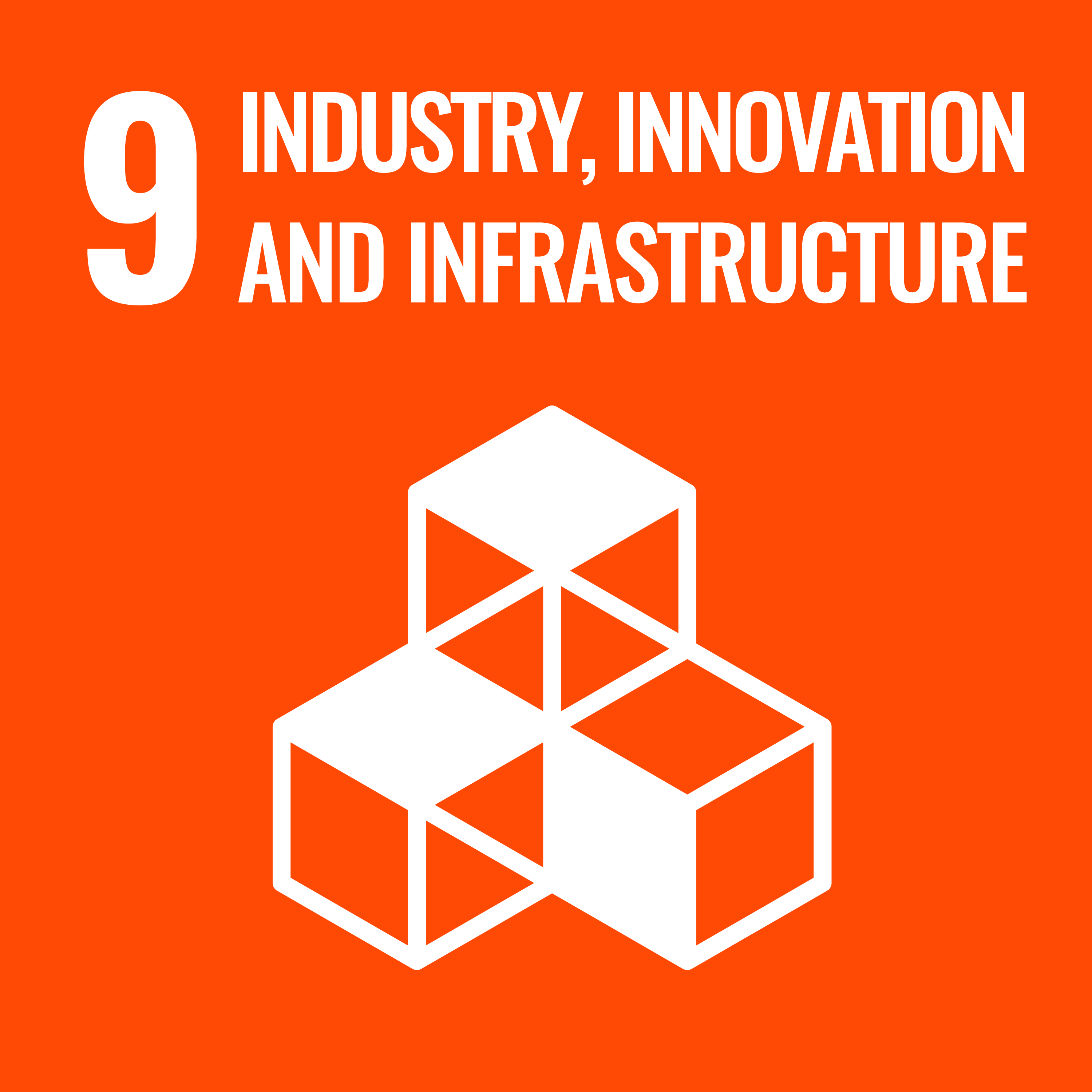
Published 2022-09-15
Keywords
- IFLA LRM,
- Wikibase data model,
- MARC,
- Linked open data,
- Nomen (IFLA LRM)
- Schema.org ...More
How to Cite
Copyright (c) 2022 Giovanni Bergamin

This work is licensed under a Creative Commons Attribution 4.0 International License.
Abstract
The aim of this paper is to study the technological implementation of the emergent bibliographic models (IFLA LRM in particular) taking into account one of the most widespread platforms for the semantic web, namely Wikibase. Different initiatives of implementation of LRM have been taken into account, included: a) a prototype cataloging interface; b)the implementation of the new cataloging system for the Bibliothéque Nationale de France (Bnf); c) a test of use of one of the feature of the Wikibase data model - namely the "qualifier"- to find a sustainable solution for the LRM nomen entity. Wikibase and his data model cannot be considered the magical unicorn that solves all problems. More in-depth analysis and tests are needed, but – as an intermediate result – we can consider Wikibase a promising platform also in the bibliographic field with a low entry barrier.
Metrics
References
- Bergamin, Giovanni e Bacchi, Cristian. 2018. “New ways of creating and sharing bibliographic information: an experiment of using the Wikibase Data Model for UNIMARC data.” JLIS.It 9,3: 35–74. https://doi.org/10.4403/jlis.it-12458.
- Bianchini, Carlo. 2017. “Remarks about IFLA Library Reference Model”. JLIS.it 8, 3: 86–99. https://doi.org/10.4403/jlis.it-12416.
- Bianchini, Carlo e Lucia Sardo. 2022. “Wikidata: a new perspective towards universal bibliographic control.” JLIS.it 13, 1: 291–311. https://doi.org/10.4403/jlis.it-12725.
- BnF. 2021a. “Découvrir l’entité expression: son intérêt pour les utilisateurs.” https://youtu.be/mcZXwngW9xw. Registrazione video dell’evento «6e journée professionnelle organisée par le groupe Systèmes & Données du programme Transition bibliographique».
- BnF. 2021b.“Focus sur NOEMI, le futur outil de production des métadonnées de la BnF.” Actualités du catalogue 51, mars 2021. https://www.bnf.fr/fr/actualites-du-catalogue-no-51-mars-2021#bnf-focus-sur-noemi-le-futur-outil-de-production-des-m-tadonn-es-de-la-bnf.
- Erxleben, Fredo, Michael Günther, Markus Krötzsch, Julian Mendez, and Denny Vrandečić. 2014. “Introducing Wikidata to the Linked Data Web.” In Proceedings of the 13th International Semantic WebConference, 50–65. Springer. https://doi.org/10.1007/978-3-319-11964-9_4. DOI: https://doi.org/10.1007/978-3-319-11964-9_4
- Guerrini, Mauro e Lucia Sardo. 2018. IFLA Library Reference Model (LRM): un modello concettuale per le biblioteche del XXI secolo. Milano: Editrice Bibliografica.
- Hernández, Daniel, Aidan Hogan, e Markus Krötzsch. 2015. “Reifying RDF: What works well with wikidata?” In Proceedings of the Conference on Scalable Semantic Web Knowledge Base Systems (SWSS’15). 32–47. http://ceur-ws.org/Vol-1457/SSWS2015_paper3.pdf.
- IFLA Study Group on the Functional Requirements for Bibliographic Records. 1998. Functional Requirements for Bibliographic Records (FRBR): Final Report. Munchen: K.G. Saur. https://archive.ifla.org/VII/s13/frbr/frbr.pdf. DOI: https://doi.org/10.1515/9783110962451
- IFLA (International Federation of Library Associations and Institutions). 2017. IFLA Library Reference Model. A Conceptual Model for Bibliographic Information. Edited by Pat Riva, Patrick Le Boeuf, and Maja Zumer. Den Haag: IFLA. https://www.ifla.org/files/assets/cataloguing/frbr-lrm/ifla_lrm_2017-03.pdf.
- IFLA (International Federation of Library Associations and Institutions). 2020. Definizione di un modello concettuale di riferimento per fornire una struttura per l’analisi dei metadati non amministrativi relativi alle risorse di biblioteca. A cura di Pat Riva, Patrick Le Boeuf, Maja Žumer; edizione italiana a cura dell’Istituto centrale per il catalogo unico delle biblioteche italiane e per le informazioni bibliografiche. Roma:ICCU. https://www.iccu.sbn.it/export/sites/iccu/documenti/2020/IFLA_LRM_ITA.pdf.
- McCallum, Sally.H. 2017. "BIBFRAME Development." JLIS.it 8, 3: 71-85. https://doi.org/10.4403/jlis.it-12415.
- Pauman Budanović, Mihela e Maja Žumer. 2021. “Prototype Cataloging Interface Based on the IFLA Library Reference Model (LRM). Part 1: Conceptual Design.” Cataloging & Classification Quarterly 49,7: 619-643. https://doi.org/10.1080/01639374.2021.1974633. DOI: https://doi.org/10.1080/01639374.2021.1974633
- Petrucciani, Alberto. 2022. “I modelli bibliografici (da FRBR a LRM): un edificio da ricostruire dalle fondamenta?” In Bibliografia e cultura: studi per Alfredo Serrai a cura di Enrico Pio Ardolino e Diego Baldi, 155–173. Roma: C.N.R., Istituto di scienze del patrimonio culturale.
- Peyrard, Sébastien e Roche, Mélanie. 2018. “Still Waiting for that funeral: the challenges and promises of a next-gen INTERMARC.” In The IFLA Library http://library.ifla.org/id/eprint/2204/.
- RDF Schema 1.1. 2014. https://www.w3.org/TR/rdf-schema/.
- Tennant, Roy. 2002.“MARC must die.” Library journal, Oct 15. http://www.libraryjournal.com/article/CA250046.html. Versione disponibile anche su: http://soiscompsfall2007.pbworks.com/f/marc%20must%20die.pdf.
- Tennant, Roy. 2017. “‘MARC Must Die’ 15 years on.” Hanging Together, October 15. https://hangingtogether.org/marc-must-die-15-years-on/.
- Wallis, Richard. 2022. “Follow me to the library! Bibliographic data in a discovery driven world.” JLIS.It 13,1: 37–44. https://doi.org/10.4403/jlis.it-12762.
- Wikibase/DataModel. 2020. https://www.mediawiki.org/wiki/Wikibase/DataModel.






